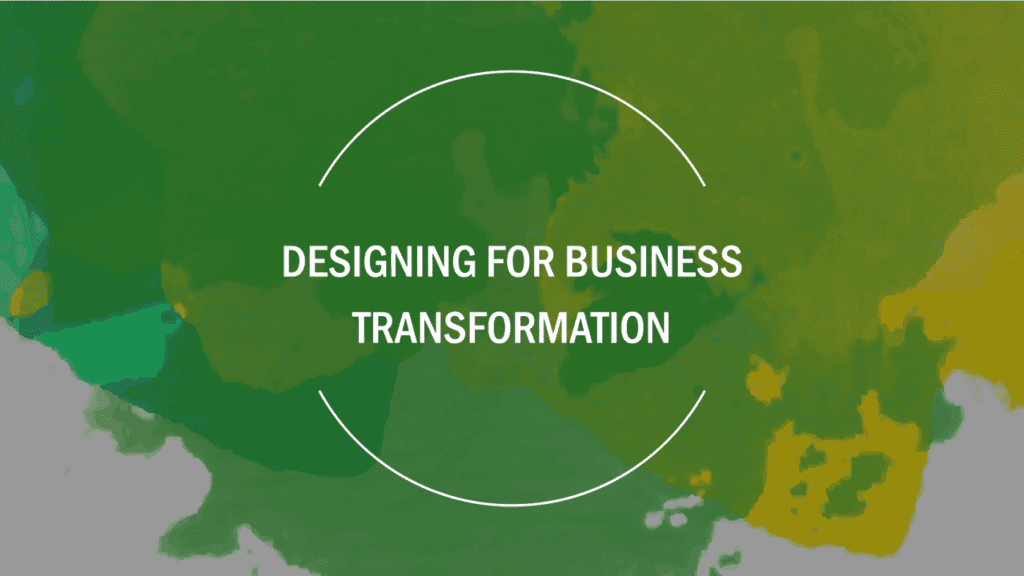Have you ever wondered how design can transform not just a product, but an entire industry? This is the question we explored in the latest episode of The Future of Our People podcast, where I had the pleasure of speaking with Ankur Rander , the visionary founder of Bombay Design Center. Known for his unique approach to blending creativity with strategic impact, Ankur has been at the forefront of redefining how businesses think about design. In our conversation, he shared his journey, his challenges, and his vision for the future of design in India.
The Power of Purpose and Design
Ankur’s journey began with a simple yet profound observation: design is not just about aesthetics; it’s about creating experiences that solve real-world problems—his time in Japan working on a project for a driverless car ignited a passion for improving everyday experiences through design. This passion ultimately led him to establish the Bombay Design Center, to bring world-class design thinking to India. Ankur believes that when leaders and businesses embrace design with a clear purpose, they can create innovative and impactful solutions.
Understanding the User Experience
One of the key takeaways from my discussion with Ankur was the importance of deeply understanding the end-user. Whether it’s a digital interface or a physical product, Ankur emphasized that design should always be user-centric. His work with brands like Camlin demonstrated how focusing on the user’s needs can lead to business success. By creating a community for artists rather than just an e-commerce platform, Bombay Design Center was able to add significant value to the user’s experience, which in turn, drove business outcomes.
Aligning Design with Business Goals
Ankur’s approach to design goes beyond just creating visually appealing products; it’s about aligning design with business objectives. He spoke about how design should be a collaborative effort that involves understanding the business problem at hand and working backward to develop a solution that not only meets but exceeds expectations. This alignment ensures that design is not just an afterthought but a strategic driver of business growth.
Personal Reflection
What resonated with me most during our conversation was Ankur’s deep commitment to using design as a tool for national development. At InfiniteRise, we talk a lot about the power of purpose and how it can drive both personal and professional growth. Ankur’s work is a testament to this belief. By focusing on creating well-designed experiences that solve real problems, he is not only helping businesses succeed but also contributing to the broader goal of nation-building.
Ankur’s emphasis on user-centric design aligns perfectly with our philosophy at InfiniteRise. We believe that every interaction, whether with a product, service, or team member, should be thoughtfully designed to create positive experiences. By fostering a culture that values design thinking, we can drive innovation and achieve our goals more effectively.
Questions for Reflection
- How does your organization currently approach design? Is it an afterthought, or is it integrated into your strategic planning?
- Are you deeply connected with the end-users of your products or services? What steps can you take to better understand their needs?
- How can you align your design efforts with your broader business objectives to drive growth and innovation?
Call to Action
To learn more about Ankur Rander’s journey and his insights into the future of design, watch the full episode of our podcast here.
Please subscribe for the newsletter


